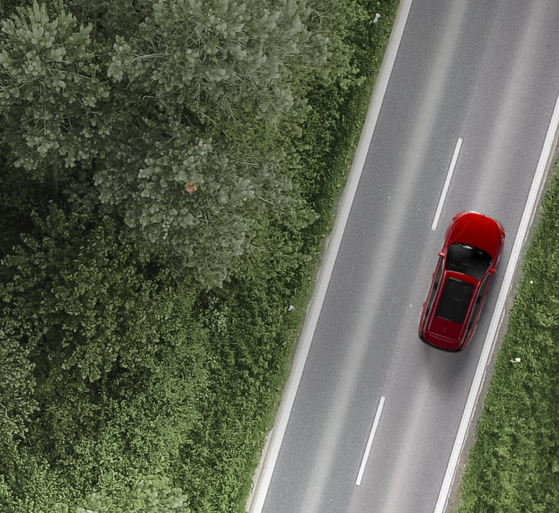Established in 1969 in Amman, Bustami & Saheb Group is the exclusive dealer of Nissan, INFINITI & BYD in Jordan. It is fully equipped with facilities and a professional workforce that delivers world-class standards and service for Nissan and Infiniti vehicles.
BSTC represents a milestone in the Middle East retailer market that led to the launch of facilities displaying various car models, a system that deeply incorporates marketing, sales and after-sales, with optimum plans to ensure the maximum satisfaction and protection of its most valuable asset, the customer.
With several showrooms and parts and service centers located throughout the Kingdom, BSTC is currently expanding its

Innovation At BYD
Automotive Innovation
Three core technologies of new energy vehicles—battery, electric motor and electric control.
BYD was the first automaker in the world to master the three core technologies of new energy-powered vehicles, including battery, electric motor and electric control. Its annual battery production capacity of 16GWh makes it a world leader in the production of power batteries.
- 1: 0 – 100 km/h acceleration under 5s
- 2: Full-time electrified 4-wheel drive, response time in 0.02s
- 3: Fuel consumption under 2L/100km
1:The 0 – 100 km/h acceleration under 5 seconds–
Redefining acceleration and setting a new standard for ultimate performance.
2: Full-time electrified 4-wheel drive, response time in 0.02s
With an innovative electronic technology, the full-time electrified 4WD system is set to disrupt the complicated structure of the existing mechanical 4WD system with a response speed 10 times faster than that of the traditional system.
Moreover, it can bite the road better, and provides a safer and more powerful driving experience, in addition to setting a new safety standard.
3:100 km fuel consumption within 2L
The system has achieved a breakthrough in energy
BYD DM Dual-Mode Technology
In 2008, BYD launched the F3DM, the world’s first plug-in hybrid vehicle, bringing the first generation dual-mode technology to the market.
In 2013, BYD Qin led the sales of China’s new energy vehicles for 20 consecutive months immediately after it was launched. Besides, it was among the top three best sellers of new energy vehicles in the world, marking the extensive adoption of the second generation “dual-mode” technology.
Dual-Mode; Dual-Drive
BYD was the first to drive a vehicle with an engine and an electric motor, allowing the vehicle to freely and intelligently switch between the electric mode and the hybrid mode.
This is not only energy efficient and environment-friendly, but also extremely powerful.

Company Profile
Founded in Shenzhen, China in 1995 as a pioneering in battery technology, BYD’s mission is to change the world by creating a complete, clean-energy ecosystem that reduces the world’s reliance on fossil fuels.
After 28 years of high-speed growth, BYD has evolved from a small start-up company with only 20 employees into a global company with more than 230,000 employees & to being present across 6 continents, in more than 70 countries, and over 400 cities worldwide.
BYD is a high-tech company devoted to technological innovations for a better life, its 4 main clusters of businesses are Auto, IT, New Energy Products, and Monorail. With many world-class proprietary technologies, the company has established over 30 industrial parks worldwide and has played a significant role in industries related to electronics, automobiles, new energy and rail transit. From energy generation and storage to its applications, BYD is dedicated to providing zero-emission energy solutions.
Today, BYD Auto has become the most innovative Chinese Auto brand leader in the field of electrified transportation. In its effort to promote greener transport solutions and reduce pollution from vehicle emissions, BYD Auto had sold the most numbers of electric vehicles worldwide in 2015 and 2016.
Save The Earth
The world has 53 years of oil left
Almost all 95% of the world’s
transportation energy comes from
petroleum-based fuels, largely
gasoline and diesel.
Estimated 56% world oil consumption
comes from transport based on IEO
2014 delivered energy consumption
by end-use sector.
Up to 70% air pollution from
cars ,buses and trucks.




